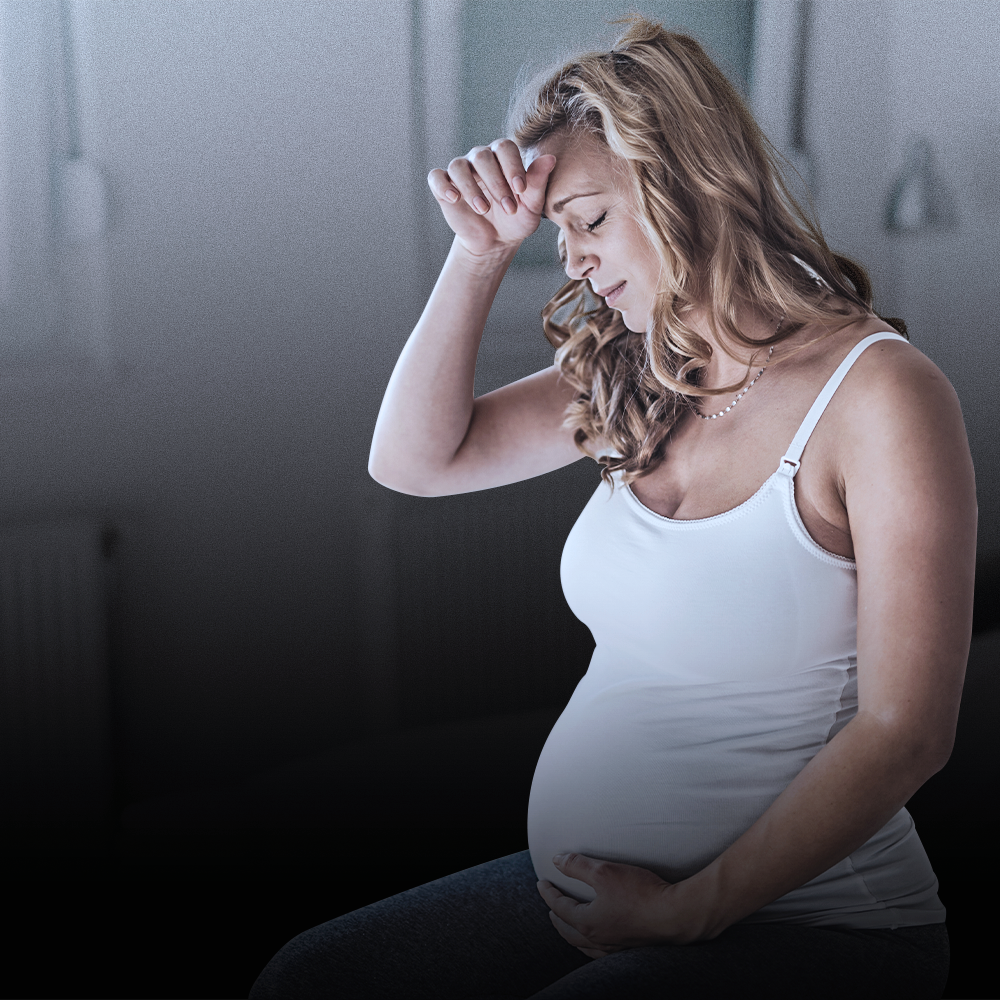A Comprehensive Guide to Managing Pubic Symphysis Pain During Pregnancy and Postpartum
Pubic symphysis pain, or symphysis pubis dysfunction (SPD), is a common challenge for pregnant and postpartum women. It can make everyday movements like walking, standing, or even turning over in bed uncomfortable and frustrating. While the condition often resolves after childbirth, some women do develop persistent pain 2 years and beyond.
Research is emerging. Our views in this article are based on the newest research, industry insights, biomechanical theory and clinical experience working as pelvic health physiotherapists and clinical pilates instructors for over a decade.
This guide outlines different risk factors and contributing factors to women experiencing more pain, or prolonged pain during and after childbirth, and we dive into safe exercises, supportive gear, and practical advice for navigating pubic symphysis and pelvic girdle pain in early motherhood.
Pelvic Girdle and Joint Mobility: Why Pain Increases During Pregnancy
The pelvic girdle undergoes significant changes during pregnancy, particularly in the third trimester. Joint mobility increases substantially due to hormonal influences and the growing uterus:
Increased Joint Mobility:
Research shows that pelvic joint mobility is 32–68% larger in patients with pelvic girdle pain (PGP) during the last three months of pregnancy compared to those without pain. This increased mobility can lead to instability and discomfort, particularly with movements requiring pelvic symmetry.Joint Laxity:
Joint laxity rises significantly around 36 weeks of gestation, while for some women, it returns to pre-pregnancy levels by 8 weeks postpartum, some women experience increased laxity for up to 12 months postpartum.
Understanding Pubic Symphysis Changes
The pubic symphysis (PS) adapts significantly during pregnancy and postpartum, which can contribute to ongoing discomfort:
Vertical Shear Forces:
Vertical shear at the pubic symphysis increases from 4 weeks to 35 weeks gestation and can remain elevated even at 5 months postpartum.Implication: This may explain why some individuals experience prolonged pain or delayed recovery.
Symphyseal Width:
The width of the pubic symphysis increases steadily during pregnancy, peaking at 35 weeks, and then gradually narrows by 5 months postpartum. However, in some cases, width can remain wider postpartum.Labour Impact: During active labour, the pubic symphysis may take on a Y or T-shaped configuration due to mechanical stress during the pushing phase.
Does Labour Influence Recovery?
These structural changes, combined with stretching of the linea alba (abdominal separation) and potential rectus abdominis (RA) weakening due to common advice on exercise avoidance during pregnancy (overcautious on not exercising rectus abdominus, your six pack muscles), may delay recovery or contribute to diastasis recti abdominis (DRA) in some individuals.There is also the possible correlation between weakened RA with increasing DRA recovery time postpartum, and ineffective push phase in active labour.
The Link Between Diastasis Recti, Symphysis Pubis, and PGP
The relationship between DRA, pubic symphysis pain, and pelvic girdle pain (PGP) is multifaceted:
Abdominal Muscle Imbalance:
Weakness or disuse of the rectus abdominis (RA) during pregnancy can exacerbate pubic symphysis dysfunction.If exercises focus exclusively on the transverse abdominis (TrA) without engaging RA, the distraction forces from TrA can increase strain on the pubic symphysis.
Biomechanical Overload:
This imbalance can result in a wide top and narrow bottom configuration of the pubic symphysis, contributing to discomfort and instability.Training Implications:
Postpartum rehabilitation should incorporate balanced core training that includes RA activation alongside TrA and pelvic floor strengthening to stabilize the pubic symphysis.
Why do some women experience persistent pelvic girdle pain (PGP)?
Joint hypermobility is another significant factor contributing to pubic symphysis pain.
Pregnant women with hypermobility are at higher risk of developing PGP and may experience delayed recovery postpartum.
Screening for Hypermobile Joints:
The 5-Part Questionnaire (5PQ) is a helpful tool for predicting PGP in pregnancy. A score of 3 or more suggests a higher likelihood of developing PGP.Predicting Persistent Pain:
Risk factors for ongoing pelvic pain at 2 years postpartum include:Early onset of pain in pregnancy.
Higher pain intensity at onset.
A history of pregnancy-related pain.
Physically demanding jobs.
A high Beighton score (>5), indicating joint hypermobility.
Our Recommendations for Pain Management
Our team focuses on evidence-based strategies and personalized care to address pubic symphysis pain during pregnancy and postpartum:
1. Exercise
Incorporate Symmetrical Movements: Emphasize exercises that engage both sides of the pelvis equally, such as glute bridges and wall sits.
Strengthen the whole abdominal wall: Strengthen rectus abdominis (RA) alongside transverse abdominus to improve functional capacity postpartum, and reduce PS incidence .
2. Use Supportive Gear
Taping
Pregnancy Pelvic Belts: Offer stability and reduce discomfort during walking or prolonged standing.
Postpartum Abdominal Binder and SRC Recovery Shorts: These provide pelvic compression and perineal support, aiding in recovery postpartum. Learn more here.
3. Postural Awareness
Avoid single-leg stance or wide-leg movements. - eg when getting out of the car, rotate your body to place both legs on the ground, and stand up with even weight on both legs.
Focus on neutral pelvis alignment and closed chain movements in daily loaded activities.
4. Seek a well trained professional to help you through this period
A pelvic health physiotherapist can provide individualized care, including manual therapy, exercise programming, and education. We are at the forefront of research and understanding the biomechanical nature and recovery for pubic symphysis and pelvic girdle pain.



